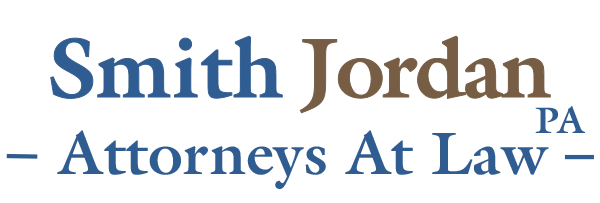A T-bone accident, also known as a side-impact collision, happens when the front of one car crashes into the side of another, forming a “T” shape. These accidents often occur at intersections when one driver doesn’t yield the right of way or runs a red light and can lead to serious injuries, especially for the person hit on the side.
At Smith Jordan Law, our Greenville car accident lawyers know how complicated determining fault can be, and we’re here to help you understand the factors involved in a T-bone accident and who’s at fault.
Who’s usually at fault in a T-bone accident?
Fault in a T-bone accident generally depends on who had the right of way. Here’s how it often breaks down:
- At an intersection: The driver who did not yield or who ran a red light or stop sign is usually at fault.
- Left turns: If a driver making a left turn is hit by an oncoming car, they are typically at fault unless the other driver was speeding or ran a red light.
Fault can sometimes be tricky to establish. Both drivers might claim they had the green light or right of way. This is why evidence, like traffic camera footage or witness statements, is important in proving fault.
South Carolina traffic laws and right-of-way
South Carolina laws outline who has the right of way at intersections. According to South Carolina law, drivers must yield the right of way when entering an intersection, especially if they have a red light or stop sign. Not following these laws can lead to a driver being at fault in a T-bone accident.
Common causes of T-bone accidents
- Running a red light or stop sign: If a driver ignores a red light or stop sign, they often cause T-bone accidents.
- Failing to yield: Sometimes, drivers at intersections don’t yield when they should. For example, a driver making a left turn may not yield to oncoming traffic.
- Distracted driving: When drivers are texting, talking on the phone, or not paying attention, they can easily miss signs or signals, leading to T-bone accidents.
How Is fault determined in a T-bone accident?
Several pieces of evidence help decide who’s at fault in a T-bone accident:
- Police reports: Police officers on the scene often determine who’s at fault based on evidence and witness statements.
- Witness statements: People who saw the accident can give information about what happened and who they think is at fault.
- Traffic cameras: Video footage can show if a driver ran a red light or didn’t yield.
- Accident reconstruction: Experts may examine the damage to the cars to determine who hit whom and from what direction.
Comparative negligence in South Carolina
South Carolina follows a rule called modified comparative negligence (South Carolina Code of Laws Section 15-38-15). This means that fault can be shared between drivers. For example, if one driver is 70% at fault for running a red light, but the other driver was speeding and is found 30% at fault, then the driver who was speeding will have their compensation reduced by their percentage of fault. If a person is more than 50% at fault, they cannot recover for a wreck.
What to do after a T-bone accident
After a T-bone accident, it’s important to take these steps:
- Call the police: Get a police report for documentation.
- Get medical help: Some injuries may not immediately appear even if you feel fine.
- Gather evidence: Take pictures, get witness contact information, and keep notes about what happened.
- Contact Smith Jordan Law. Our experienced attorneys can help you collect evidence, understand South Carolina laws, and seek fair compensation.
How Smith Jordan Law can help
Determining fault in a T-bone accident can be complex. We understand South Carolina’s traffic laws at Smith Jordan Law and can help gather evidence to support your claim. We will work with you to build a strong case, deal with insurance companies, and fight for your rights.
Call Smith Jordan Law for guidance and support
T-bone accidents can cause serious injuries, and understanding who’s at fault is essential for getting the compensation you deserve. Contact Smith Jordan Law for a free consultation if you or a loved one has been involved in a T-bone accident. We’re here to guide you through the legal process and help you seek justice and fair compensation.

